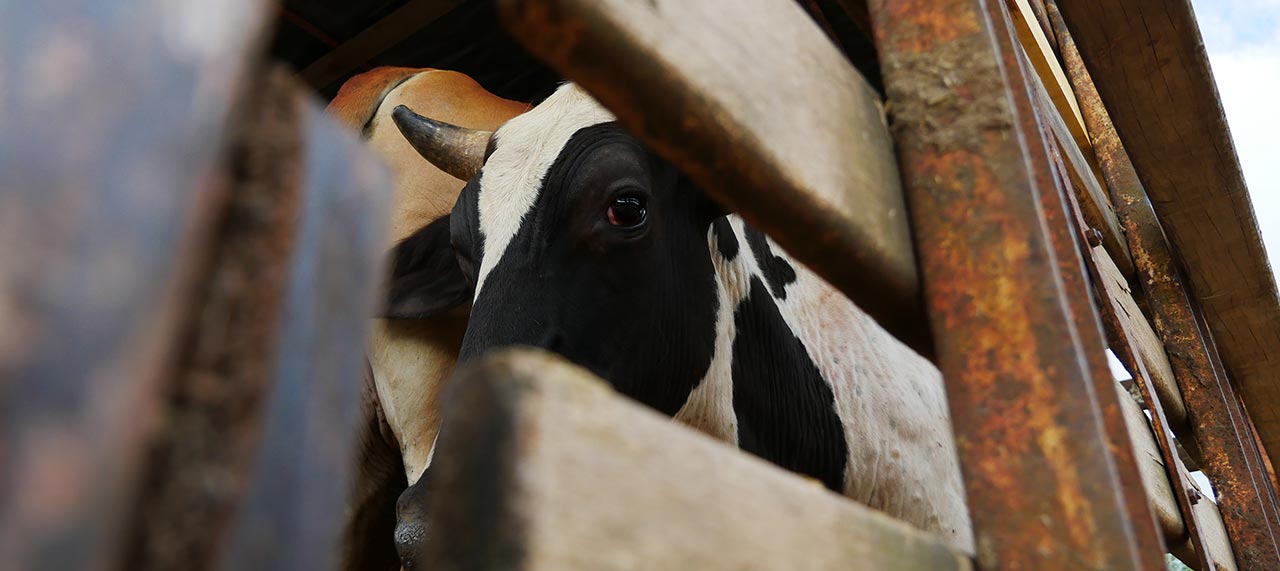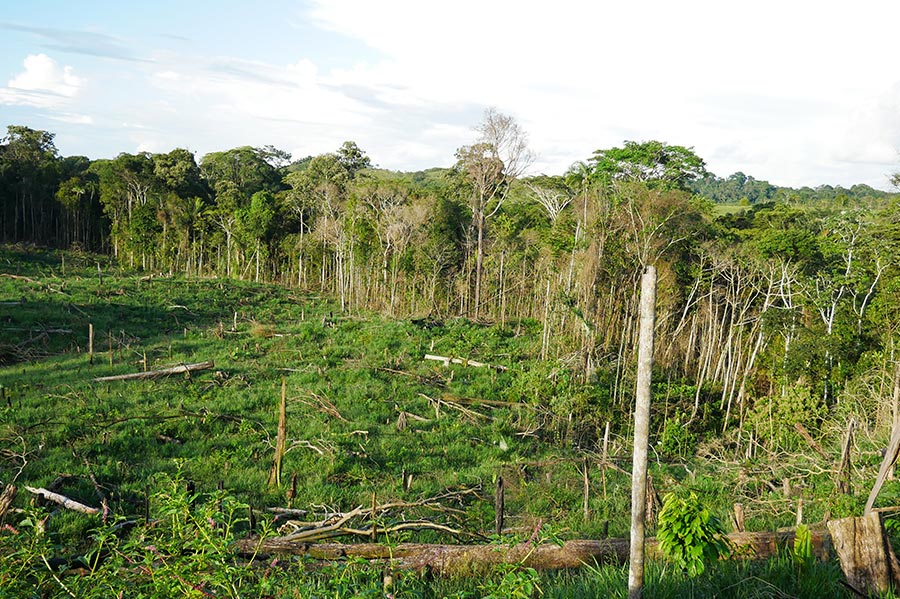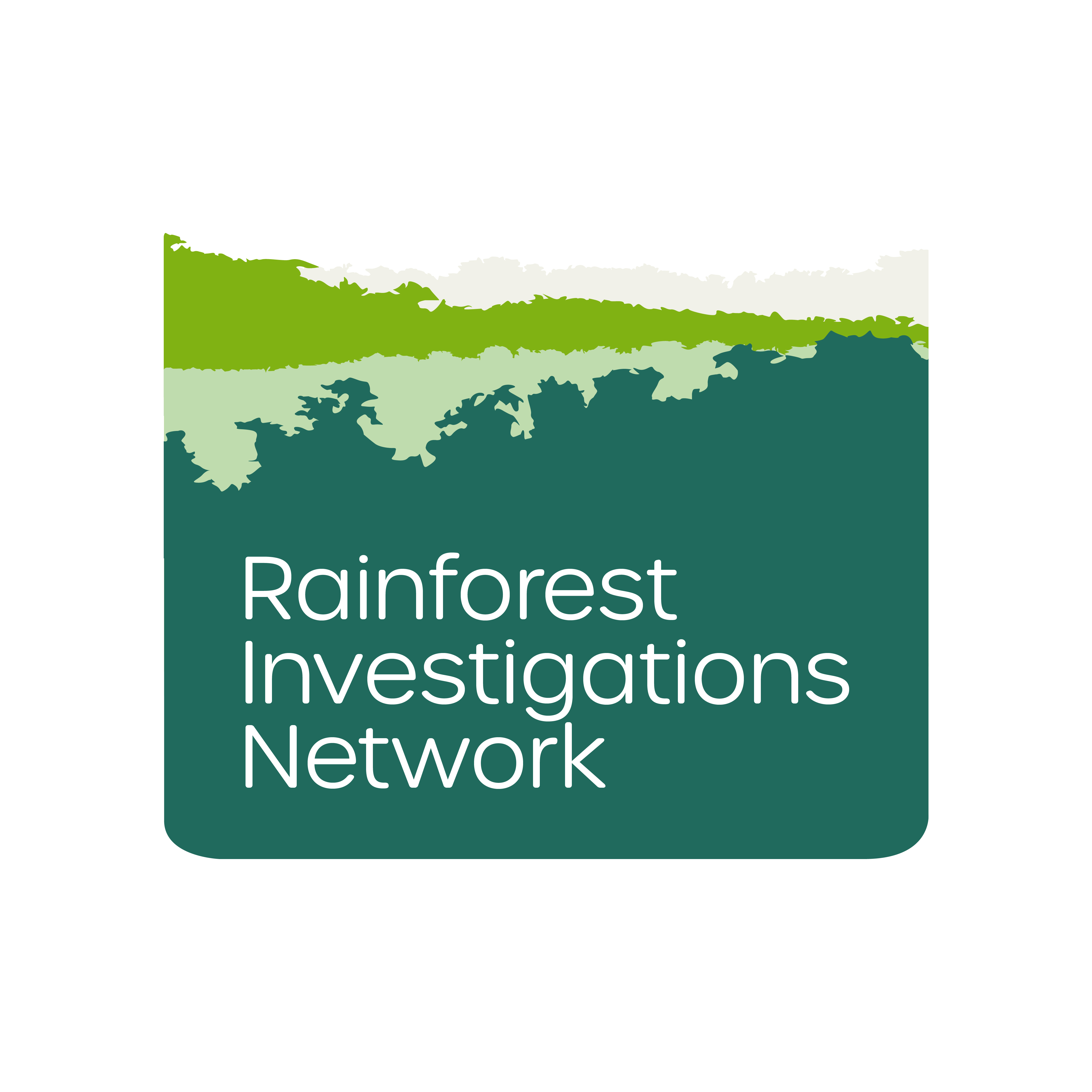
Since 2016, cattle herds surrounding some of the most important Colombian national parks in the Amazon have more than doubled. In this investigation, RIN Fellow César Molinares looks into why and how private individuals have been able to appropriate these reserved public lands.
The number of cows grazing on the edges, and sometimes inside, of several national parks in the departments of Meta and Caquetá, in the Colombian Amazon, has been increasing every year since 2016, when FARC guerrillas signed a peace agreement and ceased to be the armed enforcers of the region.
Herds without permission to graze increased from 80,719 cows in 2016 to 194,808 cows in 2020 — a growth of 141 percent. Tracking the cows with official vaccination records shows that this sharp rise happened in areas bordering forest reserve zones and national and regional parks, and even within these protected areas.
The records are kept by vaccinators, who are in charge of immunizing the entire cattle and buffalo population against foot-and-mouth disease, and list the farms and their locations in the villages.
Cattle herds are immunized twice a year and each cycle shows the cattle are in constant movement: from one farm to another and eventually to slaughterhouses. So to calculate the change from one year to the next, RIN Fellow Molinares and collaborators at the Latin American Center for Investigative Journalism (CLIP) compared the first cycle of each year. In 2020, there were 114,089 more cows vaccinated than in 2016.
In the Amazon, according to calculations by the ranchers, each cow needs an average of one hectare of pasture, and each pasture paddock is laid out by cutting down jungle.
560,000 hectares of forest were destroyed in the Amazon between 2016 and 2020, according to IDEAM, the environmental entity that monitors deforestation throughout Colombia. The departments of Caquetá and Meta were the two most affected, with 364,893 hectares (or 65% of the national total) deforested.
The increase of cattle in proximity to national parks was especially significant between 2016 and 2017, but the trend remained constant the following years.
This investigation was made by the Colombian digital outlet 360-grados.co and CLIP, with technical support from the Foundation for Conservation and Sustainable Development (FCDS) and the Pulitzer Center's Rainforest Investigations Network (RIN). The journalists obtained and analyzed foot-and-mouth vaccination databases from the Colombian Agricultural Institute (ICA) for the Amazon. In addition, this team compared and verified the data findings with field reporting.
The analysis of the data, obtained through a 360-grados.co freedom of information request to the ICA, shows that the greatest increase in the number of vaccinated cows has occurred in the surroundings of four parks: La Macarena, with 43,553 more cows vaccinated in 2020, compared with 2016; Cordillera Los Picachos, with 23,194 more; Tinigua, with 22,068 more; and Chiribiquete, with 15,345 more. The first three parks lie between the Amazon and the Andean mountain ecosystem, while Chiribiquete is the largest Amazon rainforest national park in the world.




